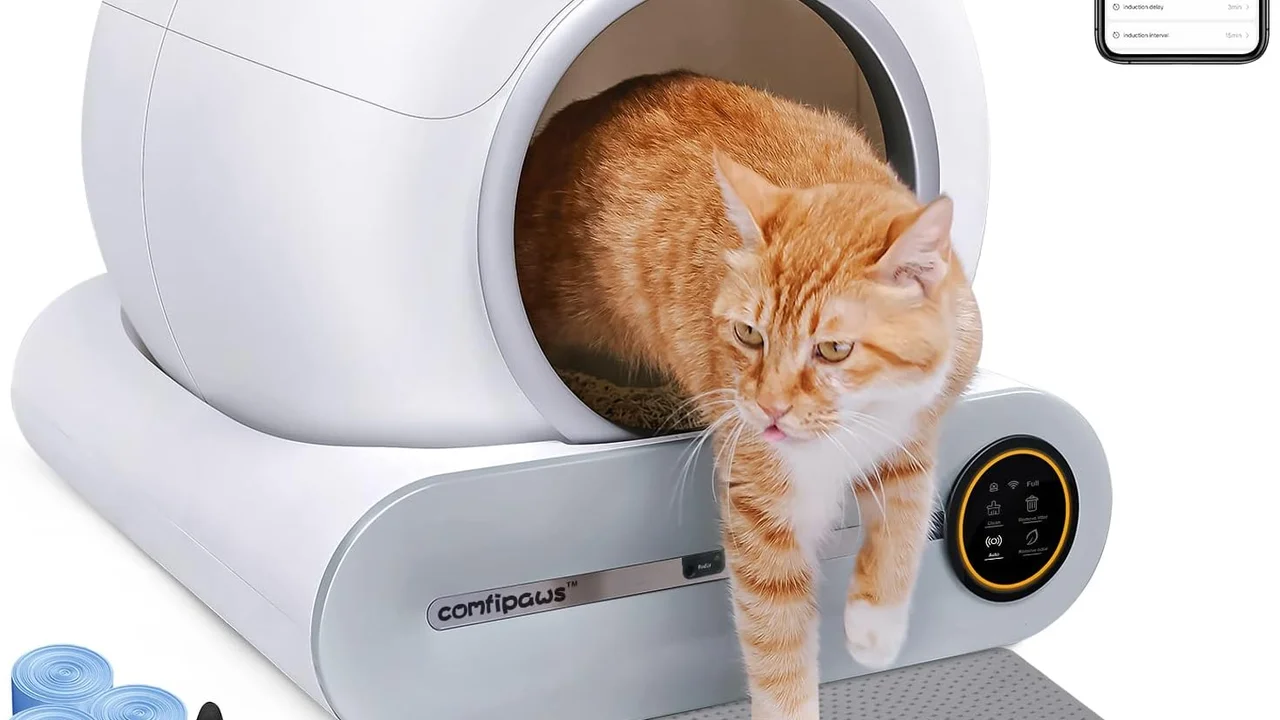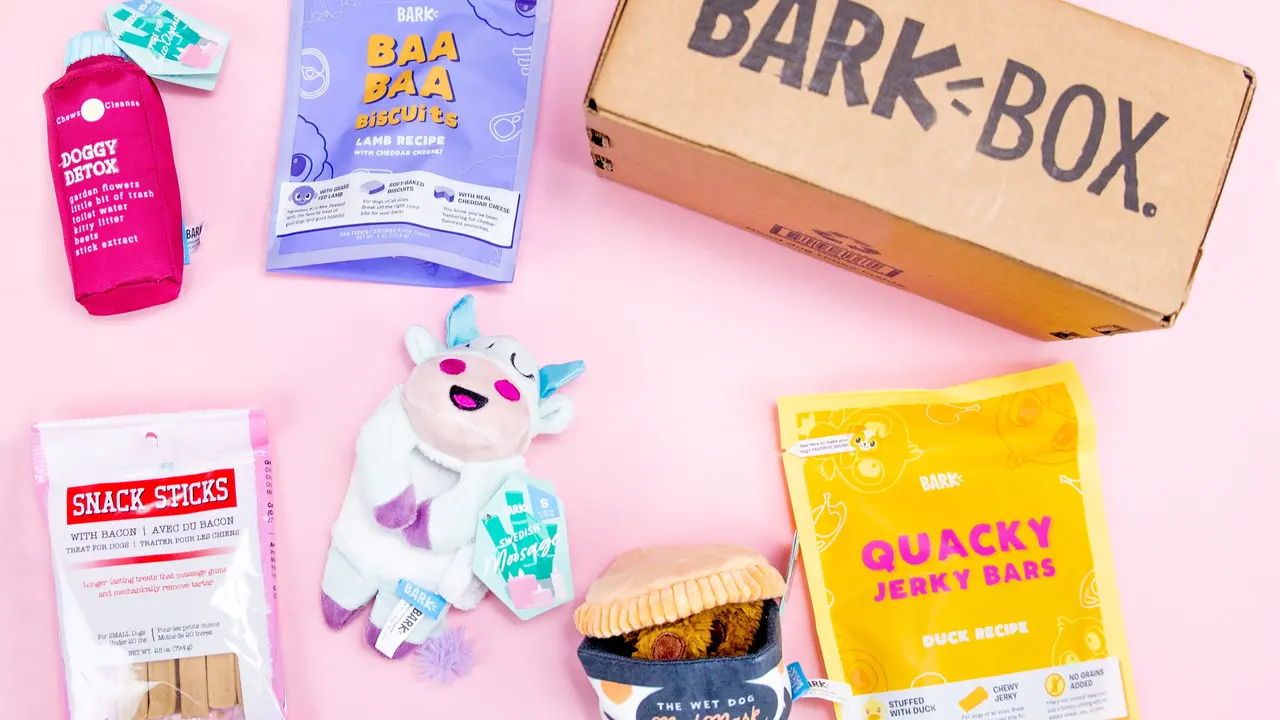Automatic Cat Litter Boxes vs. Manual: What's the Difference?
Automatic Cat Litter Boxes vs Manual Whats the Difference

Introduction to Automatic and Manual Cat Litter Boxes Understanding the Basics
Okay, let's talk cat litter boxes. It's not the most glamorous topic, but it's a crucial one for any cat owner. We all know the joys (and occasional smells) that come with having a feline friend. One of the biggest chores? Dealing with the litter box. You've got two main options: the classic manual litter box and the modern automatic (or self-cleaning) litter box. But what's the real difference? Which one is better for you and your kitty? This article dives deep into the pros and cons of each, giving you all the details you need to make an informed decision.
Manual Cat Litter Boxes Pros Cons and Considerations
Let's start with the OG: the manual litter box. This is the one most of us grew up with, and it's still a solid choice for many cat owners. Think of it as the reliable workhorse of the litter box world. But is it right for you?
Pros of Manual Cat Litter Boxes
- Affordability: This is the big one. Manual litter boxes are significantly cheaper than their automatic counterparts. You can find a basic plastic litter box for under $20, sometimes even less.
- Simplicity: There are no complicated electronics or moving parts. Just a box, some litter, and a scoop. Easy peasy.
- Variety: You'll find manual litter boxes in all shapes, sizes, and materials. From basic rectangular trays to hooded boxes and corner units, there's a manual box to fit almost any space and aesthetic.
- Familiarity: Cats are creatures of habit. Many cats are already used to manual litter boxes, so there's no need for an adjustment period.
Cons of Manual Cat Litter Boxes
- Daily Scooping Required: This is the biggest drawback for most people. You need to scoop the box at least once a day, ideally twice, to keep it clean and odor-free.
- Odor Control Can Be Challenging: Even with regular scooping, manual boxes can sometimes struggle to contain odors. You'll need to use a good quality litter and possibly an odor-absorbing spray.
- More Labor Intensive: Let's face it, scooping litter is a chore. It's time-consuming and not particularly pleasant.
- Less Hygienic: You're in direct contact with used litter when scooping, which can be a concern for some people, especially those who are pregnant or immunocompromised.
Considerations for Manual Litter Boxes
Before you write off the manual box, consider these points:
- Litter Type: The type of litter you use can significantly impact odor control and ease of cleaning. Clumping litter is generally easier to scoop than non-clumping litter.
- Location: Placing the litter box in a well-ventilated area can help reduce odors.
- Frequency of Cleaning: Even with daily scooping, you'll need to completely empty and clean the litter box regularly (usually every 1-2 weeks).
Automatic Cat Litter Boxes Pros Cons and Specific Product Recommendations
Now, let's step into the future with automatic litter boxes. These self-cleaning marvels promise to make your life easier, but they also come with their own set of considerations.
Pros of Automatic Cat Litter Boxes
- Convenience: This is the main selling point. Automatic litter boxes scoop the litter for you, usually within a set time frame after your cat uses it. This means less work for you.
- Better Odor Control: Because the waste is removed more frequently, automatic boxes tend to have better odor control than manual boxes.
- More Hygienic: You have less direct contact with used litter, which is a plus for hygiene-conscious owners.
- Some Models Offer Advanced Features: Some automatic boxes have features like weight sensors to track your cat's bathroom habits, app connectivity for remote monitoring, and even self-washing capabilities.
Cons of Automatic Cat Litter Boxes
- Higher Cost: Automatic litter boxes are significantly more expensive than manual boxes. Prices can range from $100 to $600 or more.
- Mechanical Issues: Because they have moving parts and electronics, automatic boxes are more prone to breakdowns than manual boxes.
- Noise: Some automatic boxes can be quite noisy when they're cleaning, which can be disruptive to both you and your cat.
- Litter Limitations: Some automatic boxes require specific types of litter, which can limit your choices.
- Cat Acceptance: Not all cats are comfortable using automatic litter boxes. The noise and movement can be scary for some felines.
- Potential for Malfunctions: If something goes wrong, like a sensor failing or a motor jamming, the box could stop working, leaving you with a bigger mess than you started with.
Specific Automatic Cat Litter Box Product Recommendations
Okay, let's get down to specifics. Here are a few automatic litter boxes worth considering, along with their pros, cons, and price ranges:
1 Litter Robot 4 The Premium Choice for Automatic Litter Boxes
The Litter Robot 4 is the Rolls Royce of automatic litter boxes. It's a cylindrical, self-cleaning box that uses a rotating globe to separate waste from clean litter. It's known for its excellent odor control, quiet operation, and sleek design.
- Pros: Excellent odor control, quiet operation, sleek design, app connectivity, weight sensors, multi-cat support.
- Cons: Very expensive (around $700), requires specific litter type (clumping clay litter), large footprint.
- Best Use Case: Multi-cat households, owners who prioritize convenience and odor control, those willing to invest in a premium product.
2 PetSafe ScoopFree Ultra Self-Cleaning Cat Litter Box A Budget-Friendly Option
The PetSafe ScoopFree Ultra uses disposable litter trays filled with crystal litter to absorb urine and dehydrate solid waste. A rake system sweeps the waste into a covered compartment.
- Pros: Relatively affordable (around $200), good odor control, low maintenance (you only need to replace the litter tray every few weeks).
- Cons: Requires proprietary litter trays (which can add up in cost over time), can be noisy, not suitable for large cats.
- Best Use Case: Single-cat households, owners who want a low-maintenance option but are on a budget.
3 Whisker Litter-Robot 3 Connect Smart Self-Cleaning Cat Litter Box An Older but Reliable Model
While the Litter-Robot 4 is the newest model, the Litter-Robot 3 Connect is still a solid choice. It offers many of the same features as the 4, but at a slightly lower price point.
- Pros: Good odor control, app connectivity, weight sensors, multi-cat support.
- Cons: Expensive (around $600), requires specific litter type (clumping clay litter), large footprint.
- Best Use Case: Multi-cat households, owners who prioritize convenience and odor control.
4 Catlink Scooper Pro SE Self-Cleaning Cat Litter Box A Stylish and Functional Option
The Catlink Scooper Pro SE is a stylish and functional automatic litter box that offers a good balance of features and price.
- Pros: Modern design, good odor control, weight sensors, multi-cat support, relatively quiet operation.
- Cons: Can be expensive (around $400), some users have reported issues with the sensors.
- Best Use Case: Owners who want a stylish and functional automatic litter box.
Comparing Automatic Litter Boxes A Detailed Breakdown
So, how do these automatic litter boxes stack up against each other? Here's a quick comparison table:
| Feature | Litter Robot 4 | PetSafe ScoopFree Ultra | Litter Robot 3 Connect | Catlink Scooper Pro SE |
|---|---|---|---|---|
| Price | $$$$ | $$ | $$$ | $$$ |
| Odor Control | Excellent | Good | Good | Good |
| Noise Level | Quiet | Noisy | Moderate | Moderate |
| Maintenance | Low | Very Low (replace trays) | Low | Low |
| Litter Type | Clumping Clay | Crystal Litter (proprietary trays) | Clumping Clay | Clumping Clay |
| Cat Size | All Sizes | Small to Medium | All Sizes | All Sizes |
| App Connectivity | Yes | No | Yes | No |
Price Key:
$: Under $100
$$: $100-$300
$$$: $300-$500
$$$$: Over $500
Manual vs Automatic Litter Boxes A Detailed Cost Analysis
Let's break down the costs associated with each type of litter box. It's not just about the initial purchase price; you need to consider ongoing expenses like litter and replacement parts.
Manual Litter Box Cost Analysis
- Initial Cost: $10-$30 (for a basic plastic box)
- Litter Cost: $10-$30 per month (depending on the type and brand)
- Scooper Cost: $5-$10 (one-time purchase)
- Cleaning Supplies: $5-$10 per month (for disinfectant and trash bags)
- Total Monthly Cost: $15-$40
Automatic Litter Box Cost Analysis
- Initial Cost: $200-$700 (depending on the model)
- Litter Cost: $10-$40 per month (depending on the type and brand, some require specific litter)
- Replacement Parts: $0-$50 per year (depending on the model and frequency of use)
- Electricity Cost: Minimal (a few dollars per year)
- Total Monthly Cost: $10-$40 + (Initial Cost / Lifespan in Months)
As you can see, the initial cost of an automatic litter box is much higher, but the monthly costs can be similar to a manual box, especially if you factor in the cost of your time spent scooping. The lifespan of the automatic box will greatly affect the value, so factor in warranties and customer reviews about durability before purchasing.
Choosing the Right Litter Box for Your Cat Considering Cat Preferences and Habits
Ultimately, the best litter box for you depends on your individual needs and preferences, as well as your cat's. Here are some factors to consider:
- Your Budget: How much are you willing to spend on a litter box?
- Your Time: How much time do you have to devote to cleaning the litter box?
- Your Cat's Preferences: Does your cat prefer a covered or uncovered box? Is your cat sensitive to noise or movement?
- The Number of Cats: How many cats do you have? (Multi-cat households may benefit more from automatic boxes.)
- Your Living Space: How much space do you have for a litter box?
If you're on a tight budget and don't mind scooping, a manual litter box is a perfectly fine choice. If you're willing to spend more for convenience and better odor control, an automatic litter box might be a better option. But remember to consider your cat's preferences. Some cats may be scared of automatic boxes, while others may embrace them.
Tips for Transitioning Your Cat to an Automatic Litter Box Ensuring a Smooth Transition
If you decide to switch to an automatic litter box, here are some tips to help your cat adjust:
- Start Slowly: Don't immediately replace your old litter box with the automatic one. Place the automatic box next to the old one and let your cat explore it at their own pace.
- Use Familiar Litter: Use the same type of litter in the automatic box that your cat is already used to.
- Don't Turn It On Right Away: For the first few days, leave the automatic box turned off so your cat can get used to using it as a regular litter box.
- Gradually Introduce the Cleaning Cycle: Once your cat is comfortable using the box, start turning on the cleaning cycle for short periods of time. Gradually increase the frequency and duration of the cycles.
- Reward Your Cat: Give your cat treats and praise when they use the automatic box.
- Be Patient: It may take some cats several weeks to fully adjust to an automatic litter box. Don't get discouraged if your cat is hesitant at first.
Maintaining Your Cat Litter Box Manual or Automatic For Optimal Hygiene
Regardless of whether you choose a manual or automatic litter box, proper maintenance is essential for hygiene and odor control.
Manual Litter Box Maintenance Tips
- Scoop Daily: Scoop the litter box at least once a day, ideally twice.
- Empty and Clean Regularly: Completely empty and clean the litter box every 1-2 weeks. Use a mild disinfectant and rinse thoroughly.
- Replace Litter Frequently: Replace the litter completely every 2-4 weeks, even if you're scooping regularly.
- Use a Good Quality Litter: Choose a litter that is effective at clumping and odor control.
Automatic Litter Box Maintenance Tips
- Empty the Waste Container Regularly: Empty the waste container as often as recommended by the manufacturer (usually every few days to every few weeks).
- Clean the Box Regularly: Even automatic boxes need to be cleaned periodically. Follow the manufacturer's instructions for cleaning the box and its components.
- Replace Litter as Needed: Add fresh litter as needed to maintain the proper level.
- Check for Malfunctions: Regularly inspect the box for any signs of malfunction, such as unusual noises or cleaning cycles that aren't working properly.
:max_bytes(150000):strip_icc()/277019-baked-pork-chops-with-cream-of-mushroom-soup-DDMFS-beauty-4x3-BG-7505-5762b731cf30447d9cbbbbbf387beafa.jpg)






